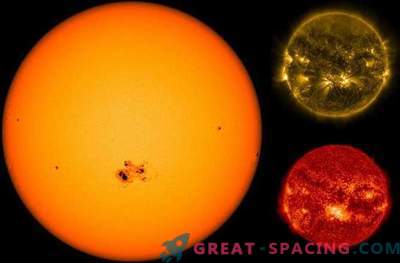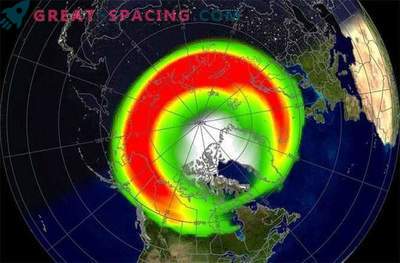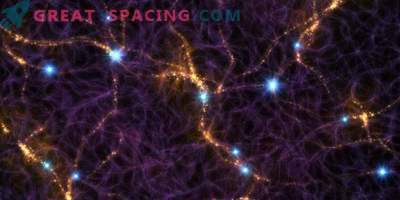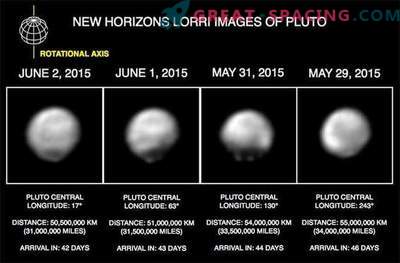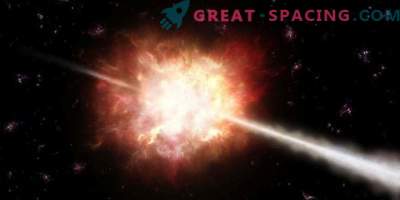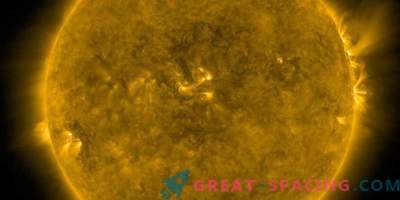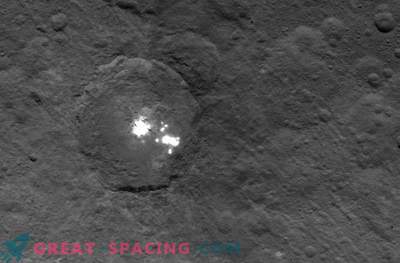
On Saturday, an outbreak of the X-class occurred on the Sun, dropping a stream of electromagnetic radiation to Earth. Although we cannot directly sense its effects, the effect of this event has had a negative impact on the radio for several minutes.
An outbreak of class X1.0 broke out at 1:48 am on March 29, and an armada of solar telescopes captured this event in all its glory. A solar flare occurs when extremely intense lines of a magnetic field force areas of magnetic activity, known as “active regions,” to become active. These regions are often associated with sunspots. That is why astronomers count sunspots in an attempt to systematize solar activity.
Although we are well protected from the worst effects of solar flare radiation, ionizing X-ray and ultraviolet radiation can have a devastating effect on unshielded satellite electronics, and can give unprotected astronauts an increased dose of radiation. Our atmosphere is a thick shield that protects biological life from the negative effects of solar flares, but this does not mean that they can not affect our lives. According to Spaceweather.com, an outbreak of class X1, which occurred above the active region (AR) 2017, has enveloped the upper layers of the atmosphere with ultraviolet radiation, which caused global ionization. Our ionosphere is used to communicate around the world, using radio waves that bounce off of it. This event made the radio waves hesitate wildly, eventually blocking them. The explosion was so powerful that the impulsive electric currents generated in the ionosphere caused a huge ripple in the magnetic field of our planet.
Radio engineer Stan Nelson, based in Roswell, New Mexico, who followed the radio signal at the National Institute of Standards and Technology (NIST) during an outbreak, watched the signal boom rapidly until it was blocked.
"The Doppler shift of the signal was almost 12 Hz - the most I've ever seen," says Nelson.
The flash also generates its own radio signal. This intense radio signal was recorded as a powerful shortwave static radio signal.




